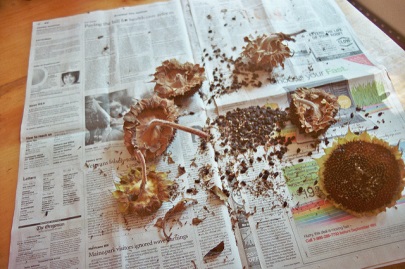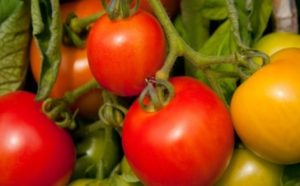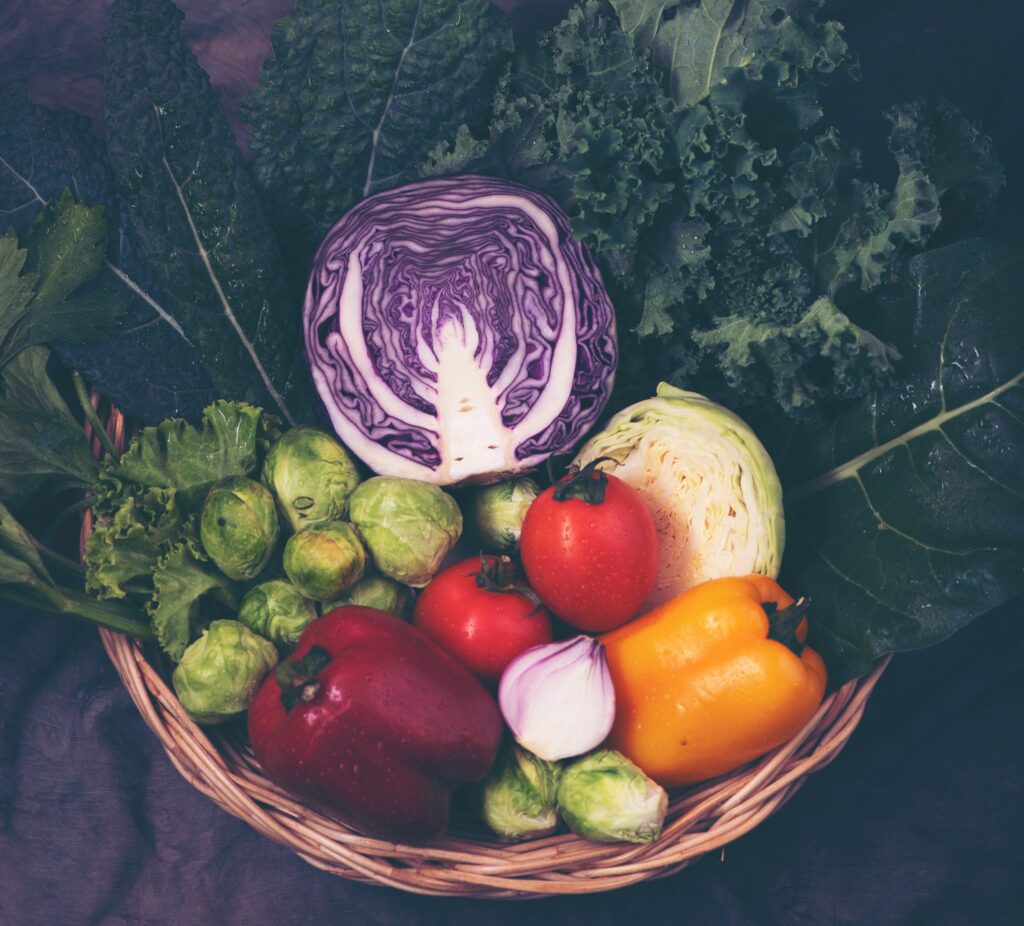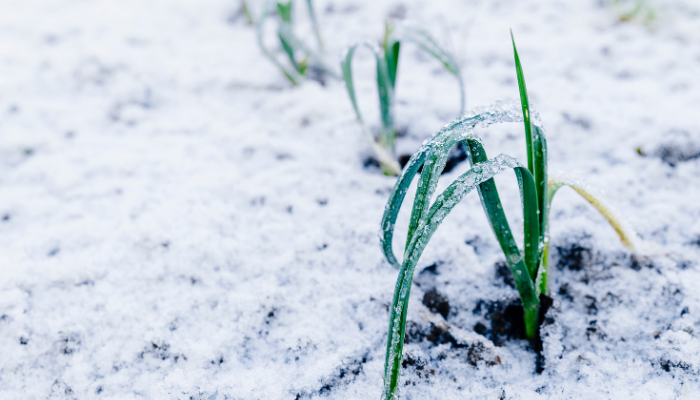
Fall is the opportune time for seed saving from the vegetables and flowers in your garden. Swapping seeds with gardeners in your region will ensure you are planting seeds that are adapted to the local climate and atmosphere.
It is important to save seeds from open-pollinated plants in order to grow plants that will grow into plants that are the same as their parents. Open-pollinated seeds are pollinated through a natural process and are more genetically diverse. Hybrid seeds are from two different species of plants through a controlled method of pollination and will produce a seedling different from their parent.
Some plants take two years to produce seeds (biennials) and these take some more work. Hardy biennials are those plants that can survive outdoors in the winter, for example, parsnips, leeks, and swiss chard. More tender plants must be dug up, overwintered, and replanted in the spring – examples are carrots, beets cabbage.
Watch your plants throughout the growing season and only save seeds from healthy plants, free from diseases.
Save some seeds to swap with friends or at London Middlesex Master Gardener’s Seed Swap at Seedy Saturday in March!
HARVESTING SEEDS:
Dry Seeds (peas, beans, brassicas, and most flowers)
 Allow the seeds to mature on the plant – it will take some patience. The seed pods will begin to turn brown.
Allow the seeds to mature on the plant – it will take some patience. The seed pods will begin to turn brown.- Seeds need to be very dry before storing them. You can dry them on newspaper or in paper bags for a couple of weeks before storing them.
- Remove the seeds from their stalks or seed heads before storing them – they should easily crumble when you handle them.
Wet seeds (tomatoes, pumpkins, melons, cucumbers, squash)
- Select fully ripe fruit to collect seeds from
- Wash off any soil before cutting the fruit to get the seeds
- Put the seeds into a clean container and add water. Allow the mixture to sit for a day or two stirring daily. The healthy seeds will separate from the pulp and fall to the bottom. (You can then strain out the seeds)
- Pour out the water, pulp, and floating seeds. Spread the seeds on a plate or wax paper to dry for a few days – away from direct sun
STORING SEEDS
Seeds need to be stored in a cool, dry, and dark place. Glass jars or plastic containers are great for storing seeds as they keep humid air out. You can also save seeds in envelopes to label and date them. You can then store the envelopes in containers to keep them airtight.
Keeping seeds cool and protecting seeds from the air will prolong their viability. Seeds will keep for a couple of years, often up to 3-5 years. However, the older seeds are, the less viable they will be. Some people choose to store their seeds in the refrigerator to keep them cool and prolong their viability –it is not necessary, as long as they are stored in a cool, dry place.
Don’t forget to label and date your seeds!
First time Seed Saver? Some easy seeds to save are tomatoes, peppers, beans, peas, and marigolds.
LEARN MORE
You may find the following resources useful:
WEBSITES:
- Seeds of Diversity – Seed Saving HandBook for small scale seed production
- How are Hybrid and open-pollinated vegetables different?
- Introduction to Seed Saving
- Plant Propagation
BOOKS:
- How to Save Your Own Seeds, Seeds of Diversity (available through their website)
- Seed to Seed: Seed Saving & Growing Techniques for Vegetable Gardeners, 2nd Edition, by Suzanne Ashworth





About The Author: Persichilli
More posts by Persichilli